We first hear about these places when we’re kids. Famous destinations full of wondrous architecture, spectacular scenery or ancient mysteries that fire our imaginations and fill us with yearning.
We dream, we grow, we save up all our money and one day we finally get to visit – only to discover that everyone else is visiting at the same time.
Overtourism is fast becoming one of the most hotly debated issues in the modern age of travel. Thanks to cheaper air fares, rising incomes and social media’s ability to laser focus attention on specific destinations, more travelers than ever before are descending on places that can no longer cope with their own popularity.
In the past few years, the number of destinations raising the alarm over this has steadily increased. In 2018, the Oxford English Dictionary made “overtourism,” one of its words of the year – it’s defined as an excessive number of visitors heading to famous locations, damaging the environment and having a detrimental impact on resident’s lives.
Countless headlines have followed as cities that have become reliant on tourism dollars undergo an identity crisis, wondering if they can start turning away such important sources of income.
For travelers it’s also been time for some soul searching. Is it time to abandon those dreams? Is it possible to travel responsibly? Or should they simply brace themselves for the crowds and go see these places while they still can.
“Tourism is like any other industry: it needs to be regulated and managed locally to prevent negative impacts,” says Justin Francis, CEO of UK-based tour operator Responsible Travel, which has produced its own guide to the issue of overtourism.
The situation could be poised to get worse. The World Tourism and Travel Council says that of 1.4 billion international tourist trips in 2018, more than 36%, or half a billion, involved a visit to one of the planet’s 300 most popular cities, a trend that’s set to continue upwards.
Familiar overtouristed destinations could soon be joined by others, with the WTTC identifying cities such as Delhi, Cairo, Manila, Bangkok and Moscow as unprepared for the surge in travelers expected in the next decade.
The good news is that many destinations, governments and tour operators are now tackling the issue head on. With goodwill, proper planning and some bold decision making, those at the forefront of the problem may yet find a way to balance tourist demand with the needs of local communities.
Here’s how some of the world’s most famous tourist hotspots are trying to get on top of the problem:
Machu Picchu, Peru

Visitor numbers to Peru’s most famous attraction rocketed in 2018, with 1,578.030 people heading to the ruins of 15th century Incan citadel, a jump of 12% on the previous year.
With an average of 4,300 tourists crowding its narrow walkways every day, officials took bold action, introducing a strict new ticketing system in January 2019. Tickets are now time limited, with slots lasting four hours and no re-entry allowed.
The aim is to spread the number of visitors, encouraging tourists to come in less popular afternoon slots.
“The new ticketing system at Machu Picchu has not reduced the number of visitors each day, but has been very effective in managing the flow of visitor numbers entering the citadel,” says Sarah Miginiac, General Manager for Peru at G Adventures.
“This has significantly improved overcrowding both inside and outside the citadel.”
Plans for a new airport in nearby Chinchero have raised concerns that visitor numbers could jump further still, but Miginiac suggests this may not be an issue for Machu Picchu itself.
“As it stands, the number of visitors to Machu Picchu are restricted and there has been no announcement that these numbers will be increased should the new airport be approved,” she adds.
Amsterdam, Netherlands
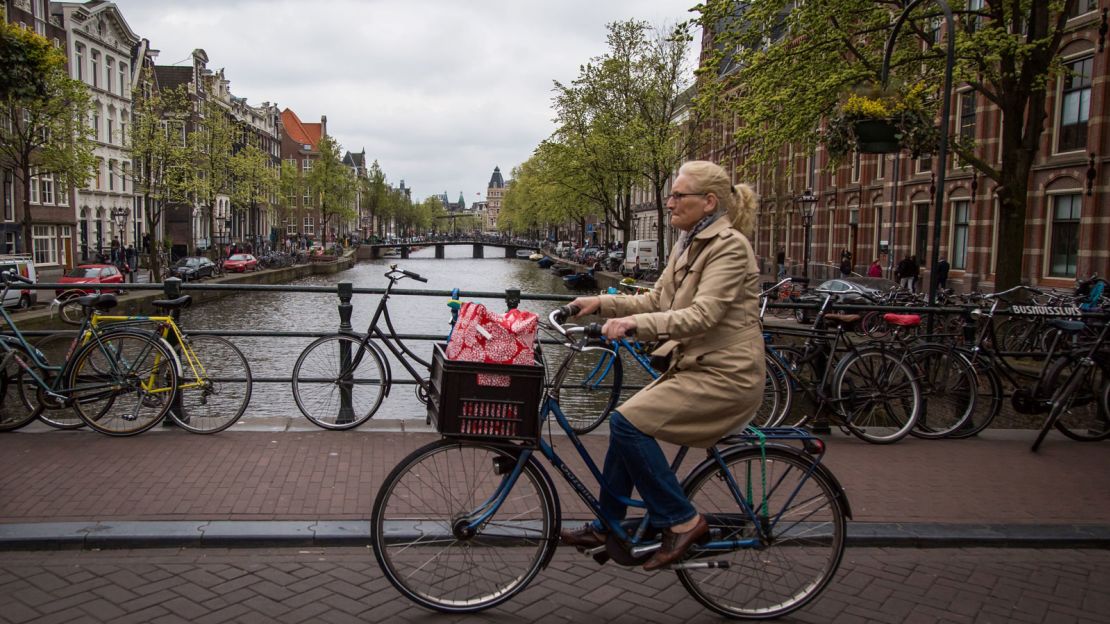
The Dutch capital has taken bold steps to ease the chronic tourist overcrowding of its narrow streets.
With visitor numbers forecast to rise from 18 million in 2018 to 42 million by 2030, the city’s tourist board has simply decided to stop advertising.
In its Perspective 2030 report, the Netherlands tourist board said it was now engaged in “destination management” rather than “destination promotion”, with efforts being made to switch tourists’ attention to other cities in the country.
Responsible Travel’s Francis has praised Amsterdam’s attempts to “de-marketize” itself, suggesting it could be a blueprint for other cities around the world.
From January 2020, tours of its infamous red light district will be banned. “We do not consider it appropriate for tourists to leer at sex workers,”city alderman Udo Kock said in March 2019. Meanwhile, new signs placed next to tulip fields are aimed at discouraging visitors from trampling the symbolic flowers.
The city has also attempted to introduce a 30-day short term rental limit on Airbnb properties, but has found itself in dispute with the world’s biggest private rental firm over its plans for more stringent rules.
Venice, Italy

Venice has long been at the forefront of overtourism and once again hit the headlines in June 2019 after a cruise ship hit a tourist boat in the Giudecca canal.
Cruise liners have been at the center of local concerns about high tourist numbers for years.
Local demands to prevent them passing through the Giudecca are allied with growing disquiet that day trippers do not spend money at local businesses.
“The main problem is ‘mordi e fuggi’ tourism, day trip tourism,” says Guido Moltedo, Editor in Chief of Ytali, who claims this accounts for two thirds of visitors.
The city has introduced a new levy on day trippers, which starts at three euros. By 2020, this fee will range from three to 10 euros, depending on the time of year and the amount of visitors in the area.
However, Moltedo says “the real problem is not getting more money, but reducing the impact of tourism.”
Food blogger and tour guide Monica Cesarato says she has noticed a major shift away from visitors coming to stay for a longer period and exploring the city’s unknown corners.
“I have seen a huge decrease on requests and bookings compared to the past,” she says. “People who come for one night do not have time to take a long walking tour.”
Iris Lorendana, who runs the La Venessiana blog, says locals have started to take the problem into their own hands.
“Today, Venetians are dealing with mass tourism by addressing tourists directly and giving clear directions. It usually works in nine cases out of 10.”
However, she stresses that can’t fix wider issues caused by soaring visitor numbers, such as high rents and the demise of local shops.
Major locations such as St. Mark’s Basilica, the Clock Tower and Doge’s Palace have introduced limits on sightseers.
Turnstiles have also been installed to limit the flow of tourists in certain areas of the city.
While this approach has its benefits, Moltedo doesn’t feel a wholly defensive attitude can stem the tide.
According to the editor and author, a stronger political resolve to restore artisan businesses and make Venice more affordable for locals is the only way it can become a more sustainable destination.
Croatia

Like Venice, Dubrovnik deals with thousands of visitors arriving at its ancient walls via cruise liners.
The city has seen its popularity surge after locations across its Old Town were used in “Game of Thrones”.
Official Croatian Tourist Board figures revealed that a massive 1.27 million people visited Dubrovnik in 2018, an eight per cent jump on 2017.
“Dubrovnik is successfully conducting a project called ‘respect the city’, with the aim of sustainable and responsible tourism development,” says Romana Vla?i?, director of the Dubrovnik Tourist Board.
“One of the measures is limiting the number of cruise ship passengers to 4,000 at the same time.”
Vla?i? adds that the city’s tourist board is promoting Dubrovnik as a “city for all seasons”, with the aim of spreading visitor numbers throughout the year. A new direct flight from Philadelphia, the first from the US in 30 years, is at the forefront of its strategy to become a year-round destination.
Dubrovnik Local Guides has introduced a policy of limiting its tour groups to just eight people, saying it is committed to “quality over quantity”.
Iceland

Iceland’s tourist numbers slipped slightly in January 2019, with visitors totaling 139,055, a drop of 8,514 compared with the same month in 2018.
However, with annual numbers jumping from 500,000 in 2010 to 2.3 million in 2018, there’s no denying the country, and particularly famous locations close to the capital, Reykjavik, have had to deal with huge crowds in recent years.
Rather than discouraging visitors, however, Iceland is looking to diversify its tourism offering, according to Francis.
“Recognizing the strain being placed on Reykjavik and a small number of other sites, they have tried to promote areas further afield to ease the pressure on the ‘Golden Circle,’” he says, referring to a popular day tour of geological attractions.
The country’s Tourist Site Protection Fund, which funnels tax funds to protect natural heritage, has been hailed as a success, although charges to enter national parks are now being considered.
In a more drastic move, officials looking after canyon of Fjaerárgljúfur recently announced the beauty spot would be shut for all but five weeks of the year, after it was used in a Justin Bieber music video. Damage caused by a surge in visitors was blamed for the move.
Bruges, Belgium

Renowned for its Belfry and picturesque houses, the UNESCO-protected city of Bruges has long been a stop off for those exploring Europe’s most arresting locations.
However, its mayor, Dirk De fauw, is looking to protect the city from a boom in tourist numbers, with visitors to the center outnumbering locals by three to one.
“We have to control the influx more if we don’t want it to become a complete Disneyland here,” De fauw told local media in May 2019.
His proposals include limiting the number of cruise liners that can dock at nearby Zeebrugge to two at any one time, down from the five it has room for.
The local tourist board is also set to stop promoting day trips. The hope is that in doing so, it will boost hotels that currently lose out on revenue from those who choose not to stay overnight.
Bali, Indonesia

Bali’s enduring popularity shows no sign of abating. The Indonesian island’s tourist board says that 6,511,610 people arrived at its international airport in 2019, a 10% rise compared with 2018.
While Bali continues to target tourists, locals have raised concerns about the impact of growing numbers on the fragile environment, citing a rise in single use plastic waste as one of the many ways overtourism is hitting this small, but beautiful island.
The head of Bali’s provincial parliament, I Nyoman Adi Wiryatama, has proposed a $10 tourist tax, to be paid by foreign visitors on leaving the country.
However, Francis says tourist taxes alone cannot fight the issue, although they can help fight symptoms such as litter.
“To properly confront the causes of overtourism, tourism management and planning must take into account the negatives of higher visitor numbers, accepting that ‘more’ doesn’t always mean ‘better,’” he says.
Taj Mahal, India
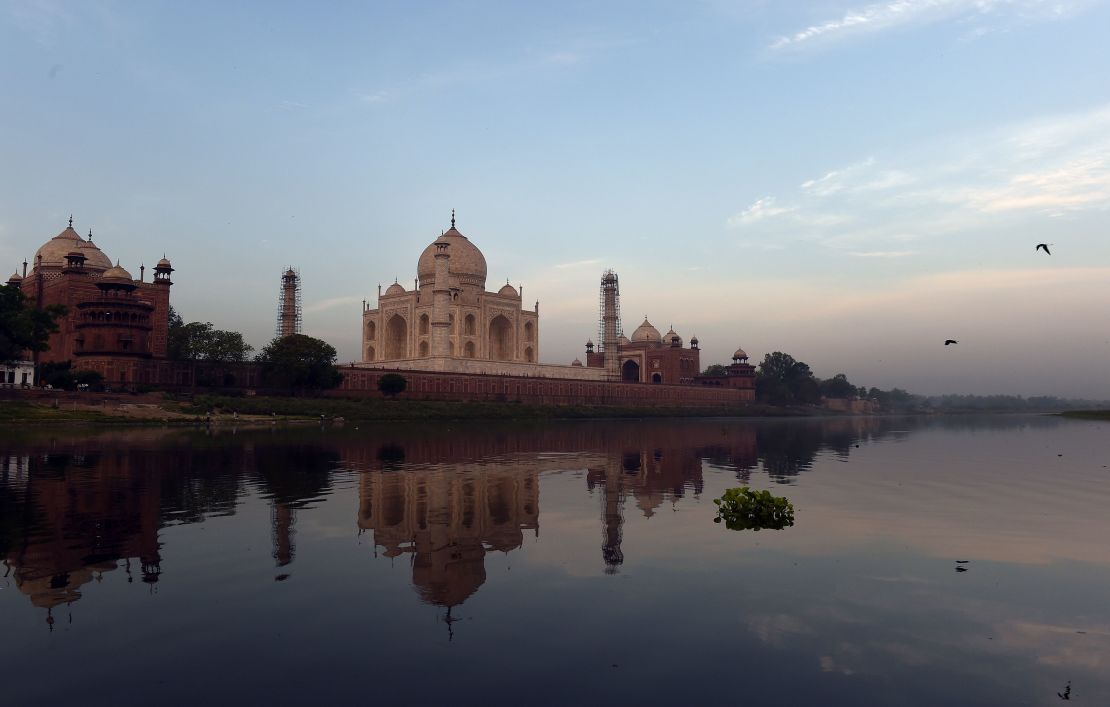
With visitor numbers topping seven million a year, overcrowding has long been an issue at the Taj Mahal.
Following the decision to limit visits to three hours, officials announced a price hike in December 2018, in a bid to regulate numbers. Reports say visitors could also be fined for overstaying their welcome.
Indian visitors saw prices jump to 250 rupees ($3.50), up from 50 rupees, while foreign guests must now pay 1,100 rupees, plus a further 20 rupees to access the main mausoleum.
At the time, the Archaeological Survey for India said it was hoping to see numbers fall by between 15 and 20%.
Santorini, Greece
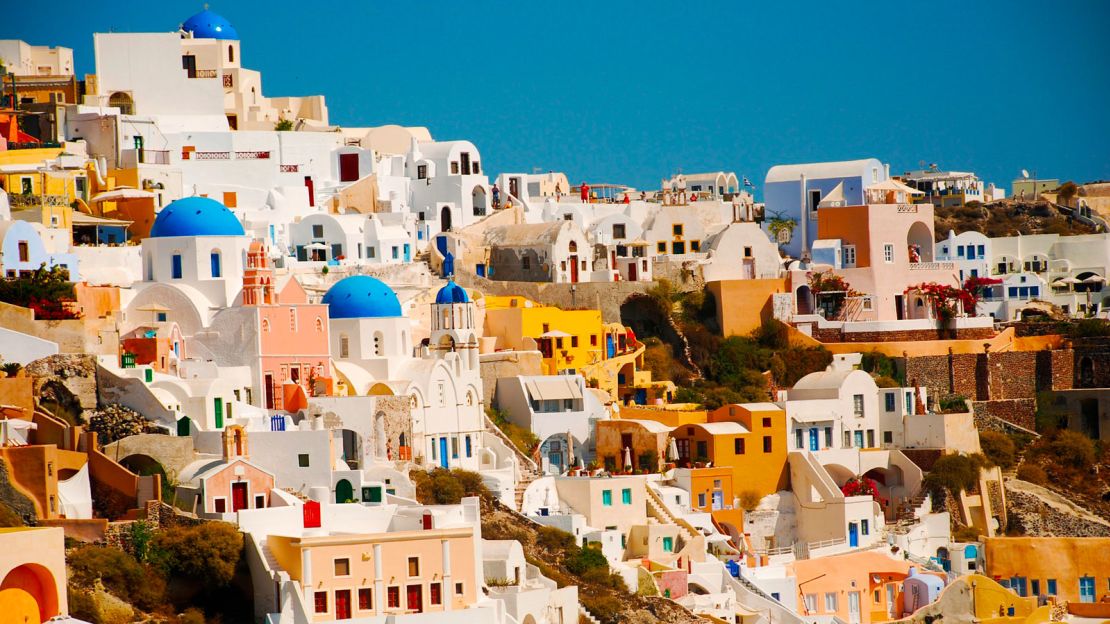
According to a January 2019 report by the European Parliament’s Transport Committee, visitor numbers to Santorini went up by an incredible 66 per cent between 2012 and 2017, from 3.3 million to 5.5 million.
The committee launched a scathing attack on authorities for letting tourism get out of hand.
“The lack of tourism governance and strategic cooperation between local and national authorities might put the future of the destination at risk,” it wrote.
Concerns have also been raised about the level of pollution from cruise liners docking in the island’s famous caldera.
Mayor Nikos Zorzos has imposed a limit on tourists disembarking cruise liners, with 8,000 allowed per day, a move welcomed by the European Parliament.
The Greek tourist board is also looking to diversify, promoting less popular destinations and pushing Greece as a year-round destination.
Edinburgh, Scotland
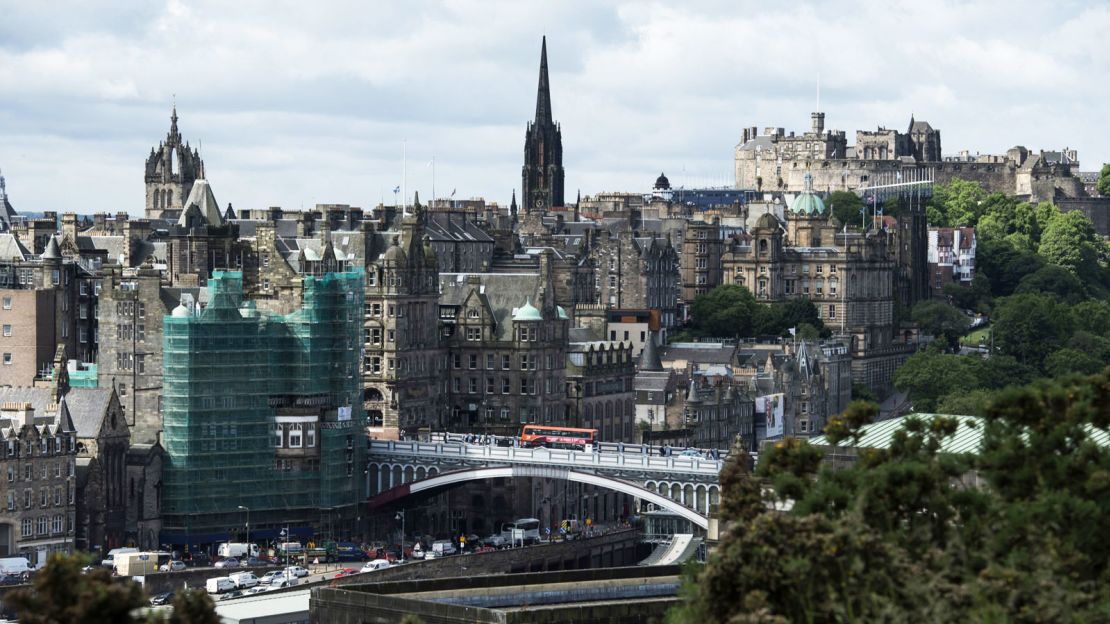
With numbers swelling during its annual August festivals, the Scottish capital has felt the pressure of huge numbers descending on its city center.
In February 2019, the city council voted in favor of introducing a tourist tax of £2 ($2.54) per day per tourist.
This would be levied against all accommodation, including short term lets via Airbnb, raising up to £14.6 million ($18.5 million) a year.
The money would then be spent to cover the costs of hosting as many as four million visitors per year.
Some locals have had enough, however, with activists going under the name of Citizen staging protests and non-violent direct action to expose the problems that high tourist numbers are causing locals.
They have raised concerns that short term lets are driving up rents for normal people
Rome, Italy
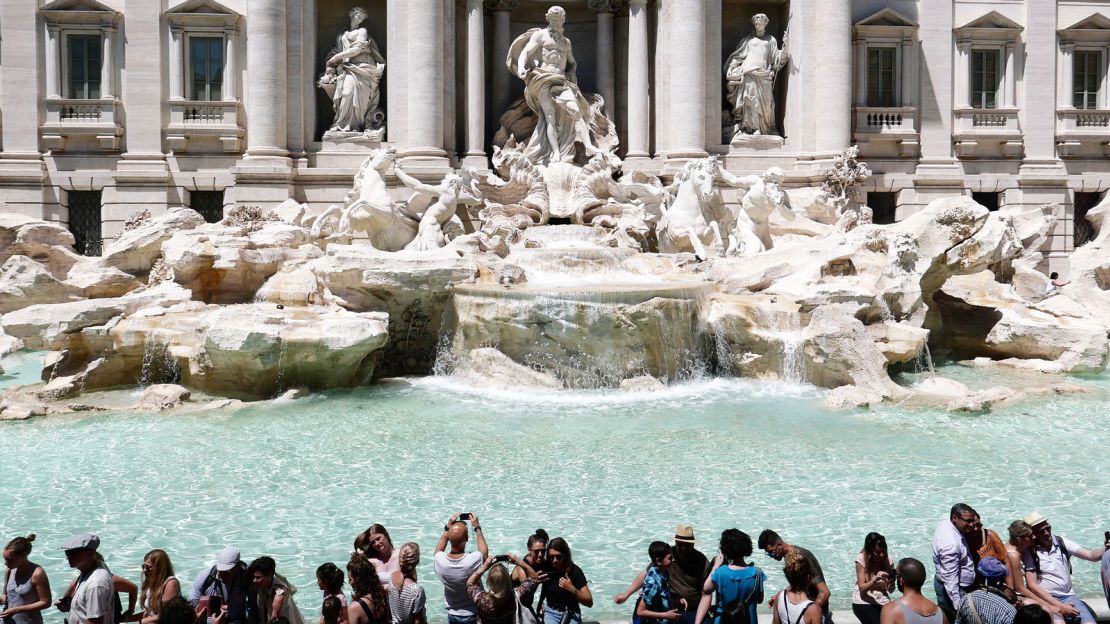
Rome has taken a somewhat specific approach to clamping down on the symptoms of overtourism, introducing a raft of new laws designed to improve behavior and boost respect for the ancient city.
Anyone caught posing as a Roman centurion with tourists and demanding cash can now be fined 450 euros ($400). While that might seem rather unlikely, new rules against street drinking are perhaps more understandable.
It’s now illegal for bars to serve alcohol between 2 a.m. and 7 a.m., while anyone with an open alcoholic drinks container found drinking in the street after 10 p.m. can be hit with a fine.
Organizing a pub crawl is also an offence now. Swimming in the famous Trevi fountain will land visitors in metaphorical deep water, while wheelie suitcases have been forbidden on the Spanish Steps.
In reality, policing some of these more niche laws may prove tricky. But the hope is that the publicity will help bring a bit more decorum to the Italian capital.
Barcelona, Spain
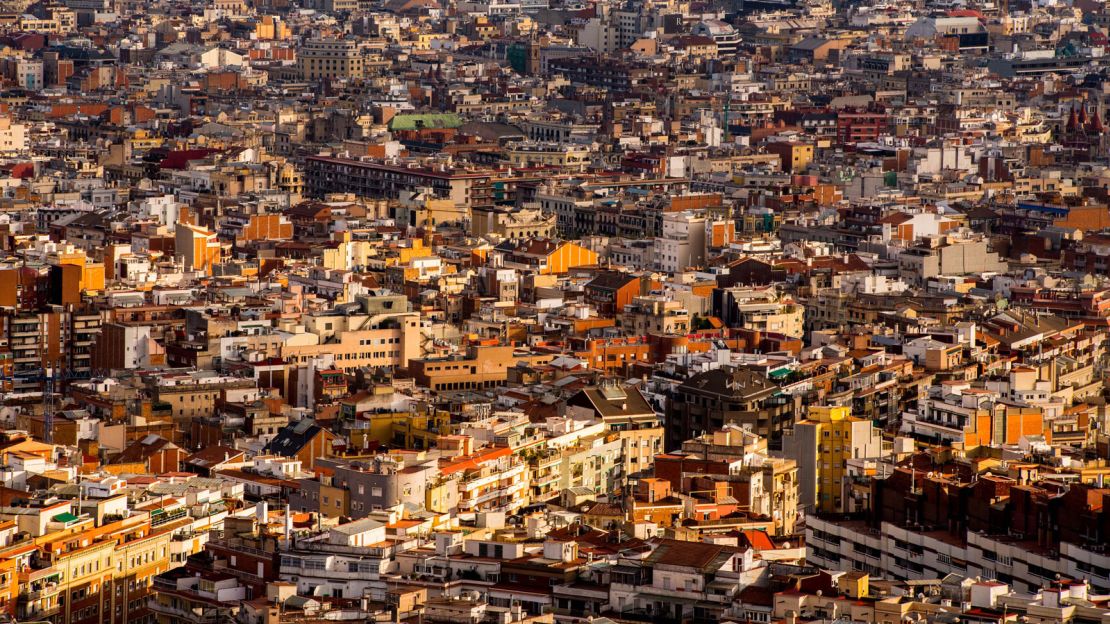
Barcelona charges a tax on all overnight accommodation and has even gone as far as to create a badge to show which projects are funded by it.
The Barcelona Tourism Consortium received 4.5 million euros ($5 million) directly from the tax in 2017.
And 9.6 million euros was spent on projects to upgrade infrastructure and promote culture across the city in 2018, according to the World Tourism and Travel Council’s Destination 2030 report.
Yet despite this, there is still much disquiet about overtourism in the Catalan capital.
A massive 8.9 million people stayed in Barcelona hotels in 2017, according to Statista.
But as in Venice, Dubrovnik and Santorini, cruise passengers also make up a huge number of tourists, often visiting for just a day.
Around 2.7 million arrived at the city’s vast port in 2017, up from just 115,000 in 1990.
In 2017, 150,000 people marched against the growing number of tourists flocking to the city, with signs appearing on beaches in Barceloneta complaining about locals being priced out of the rental market.
During her campaign to become Barcelona’s mayor, Ada Colau decried tourism’s effect on the quality of life in the city.
While taxes may help local businesses, Barcelona’s popularity shows no sign of abating.
Queenstown, New Zealand
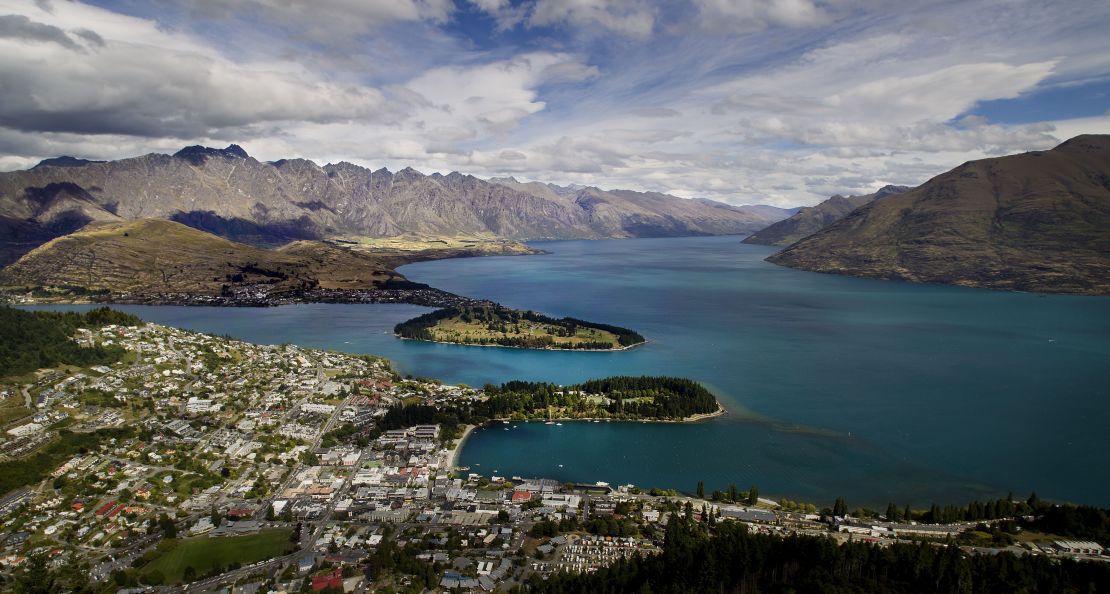
While a tourist admission tax of NZ$35 ($22) for visitors to New Zealand was announced in June 2018, albeit not yet introduced, the city of Queenstown voted to introduce its own bed tax in June of this year.
A referendum of its 40,000 residents found 81% backed the move.
Known for its adventure sports and spectacular mountains, Queenstown had a massive 3.3 million visitors in 2018. The hope is that the tax will bring in fewer visitors who spend more money.
However, tourism chiefs have voiced concern that hotel providers may see a hit to their businesses, calling for central government to be more involved.
Joe Minihane is a freelance travel writer and editor. His latest book is “Floating: A Life Regained,” a memoir about wild swimming and anxiety.
















